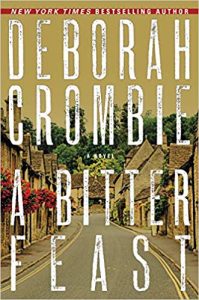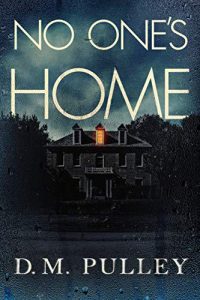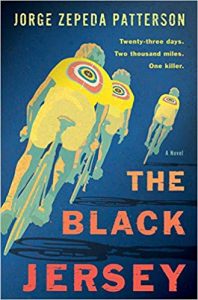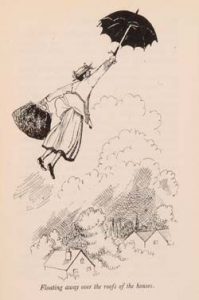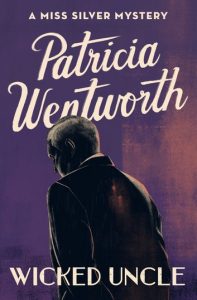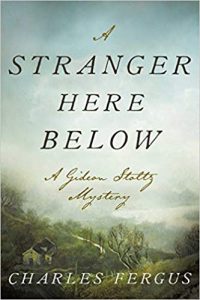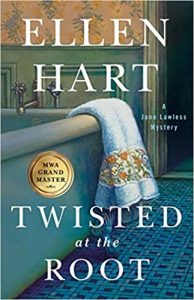At a book club recently, one of the members asked what were my favorite police novels? The obvious answer, Michael Connelly, sprang up, but the writers who drew me in to this particular sub genre were women. One of the true pioneers in this sub genre, Lillian O’Donnell, is one of my favorite writers. My late father in law introduced me to her in the 80’s and I’ve gobbled up everything I could find by this talented and to me, ground breaking writer.
Lillian O’Donnell started her career as an actress, but when her husband asked that she not be on the road so often, she decided to try writing. She wrote and sold her first mystery in 1959, but it wasn’t until 1972 that she created the character of policewoman Norah Mulcahaney. The Norah Mulcahaney books stretch from 1972-1998, finding Norah starting her career, climbing the ranks, marrying, becoming a widow, and along the way battling the sexism inherent in a very male environment. read more
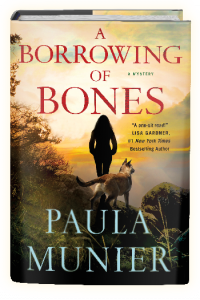 Join us on Thursday, November 21, 6 p.m. at the Session Room to discuss Paula Munier’s debut, A Borrowing of Bones. This well written novel focuses on Mercy (human) and Elvis (canine), both back from Afghanistan and both suffering from PTSD. Together they form a good team. Setting, character and plot are all excellent – all are welcome to join our discussion! Read my review here
Join us on Thursday, November 21, 6 p.m. at the Session Room to discuss Paula Munier’s debut, A Borrowing of Bones. This well written novel focuses on Mercy (human) and Elvis (canine), both back from Afghanistan and both suffering from PTSD. Together they form a good team. Setting, character and plot are all excellent – all are welcome to join our discussion! Read my review here